How to improve air quality indoors – even without an air purifier
While nothing can beat an air purifier for cleaning the air in your home, these alternatives can get the job done last minute


The air quality in our homes has never been more important than now, when current events around the world have left many of us wondering when we will next have some respite from acrid air.
Whether you already have one of the best air purifiers, or are trying to get by without one, keeping your home’s air clean is vital to your health, and the well-being of your loved ones – whether that be filtering out wildfire smoke, dust, or extreme levels of pollen.
Here, HVAC experts explain how to improve air quality indoors both with and without an air purifier.
How to improve air quality indoors
Although many of us have questioned if air purifiers are worth it in recent years, it is becoming more and more apparent that these handy devices will be as essential to our homes as our refrigerators in the years to come – so investing is certainly the smart option.
But, if you are stuck without one and need to clean the air quickly, there are some makeshift alternatives you can try at home.
1. Keep windows and doors closed
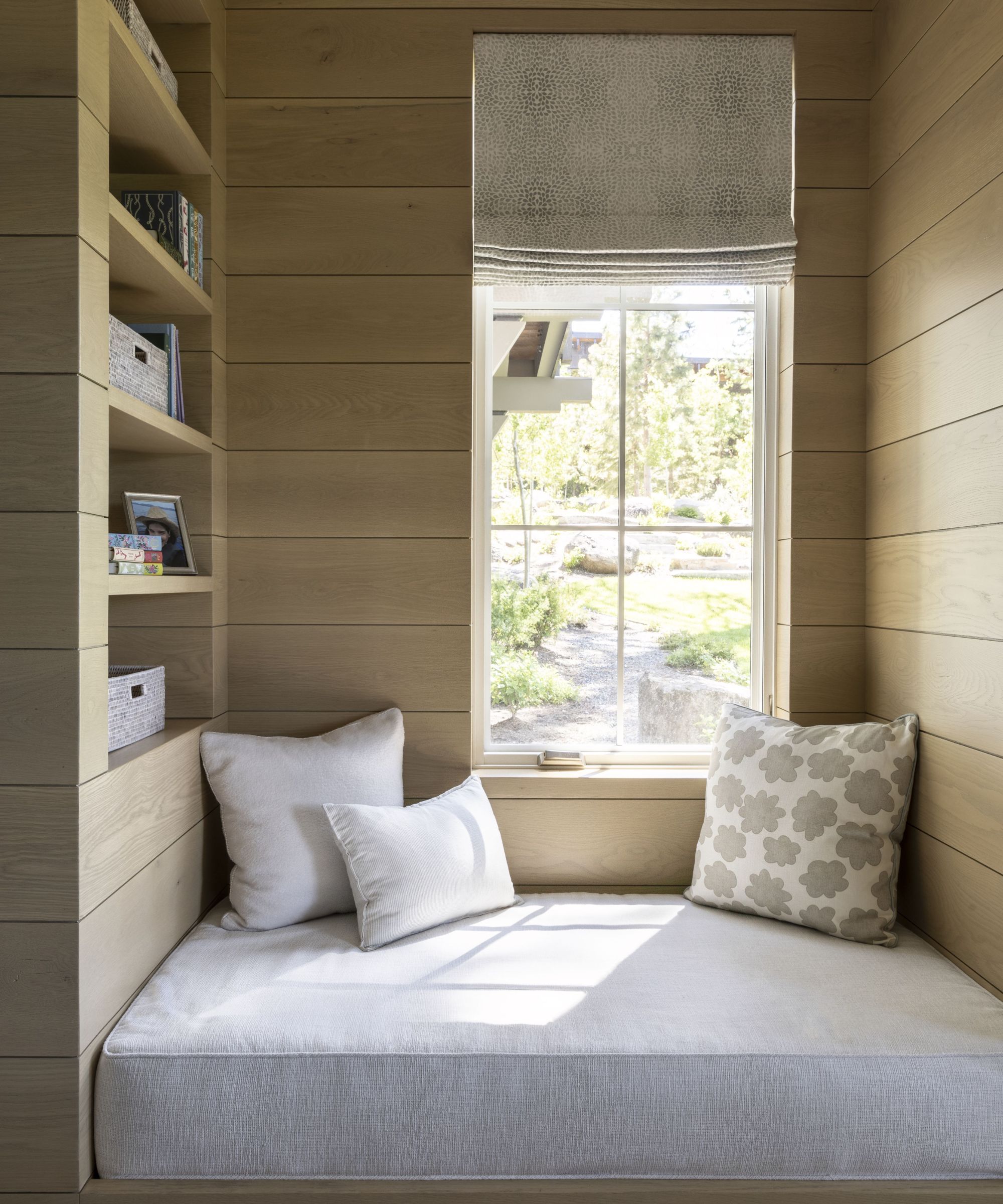
Whether using an air purifier or not, it is vital to keep your windows and doors closed to protect your home from contaminated outside air, explains the HVAC experts at Friedrich Air Conditioning.
In cases of extreme outdoor air pollution, it is best to also seal your doors and windows using sealing strips, such as these from Amazon, to keep your home's air as pure as possible.
Design expertise in your inbox – from inspiring decorating ideas and beautiful celebrity homes to practical gardening advice and shopping round-ups.
2. Recycle air with an AC unit
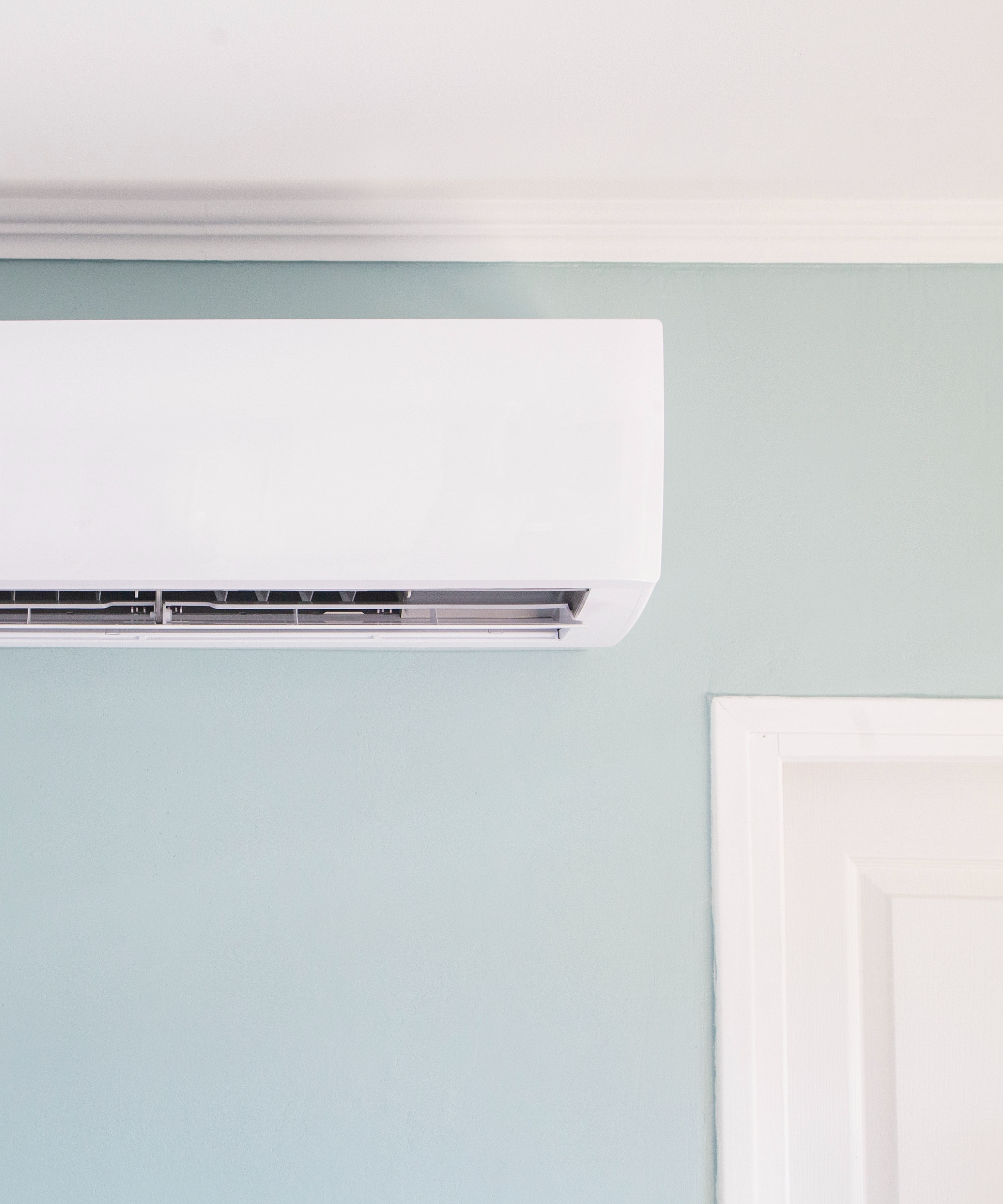
While you may not think to run your AC when air quality is bad, turning fresh air intake off on your air conditioner and setting it to recycle is a great way to slightly improve the air quality in your home without a dedicated air purifier, suggests Joshua Bartlett, home improvement expert at I’ll Just Fix It Myself. For the best effect, you need to make sure your AC filters are completely clean and regularly changed.
‘Doing this ensures that allergens, dust, and other particles won't be able to drift around your house as freely,’ Josh explains. ‘It's simple and cheap, too.
‘When replacing filters, double-check that the new ones you buy are a good match for your machine,’ he adds.
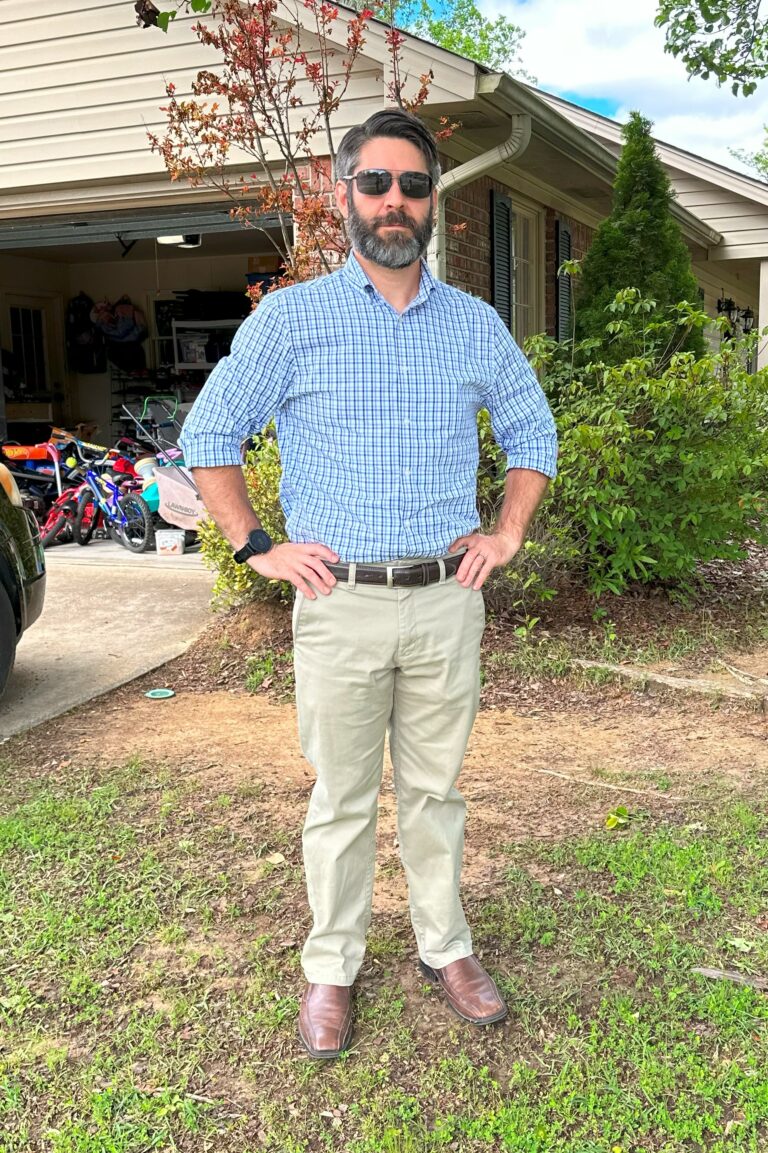
Joshua Bartlett has been responsible for the upkeep of several homes, apartments, and rentals. He created I’ll Just Fix It Myself to help others learn alongside him, sharing what he has learned through his decades of successes – and failures – to tackle home improvement.
3. Buy an air purifier – and use it correctly
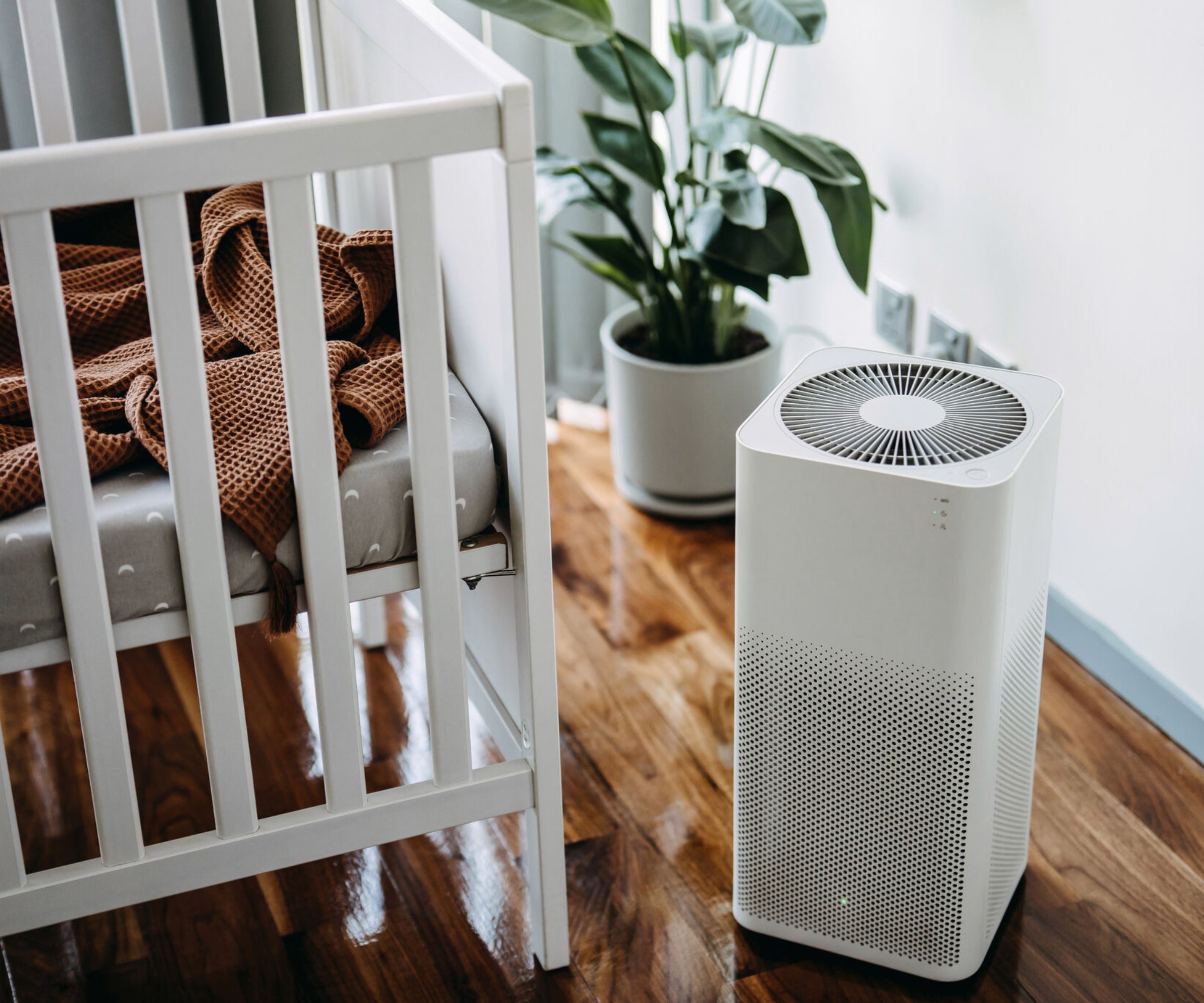
Of course, the best way to purify the air in your home is to buy an air purifier, but it is important to use them correctly if you want to truly benefit from them, reminds Christopher Coleman, of HVAC specialist DH Life Labs.
‘When picking an air purifier, invest in a device that is capable of removing fine particles, such as those produced by wildfires. These are usually devices with HVAC or gas filters.
‘It should then ideally be placed in the room where you spend most of your time, such as the bedroom or living room, and positioned in a way that allows air to circulate freely into and out of the device – so avoid placing it up against furniture or walls.’
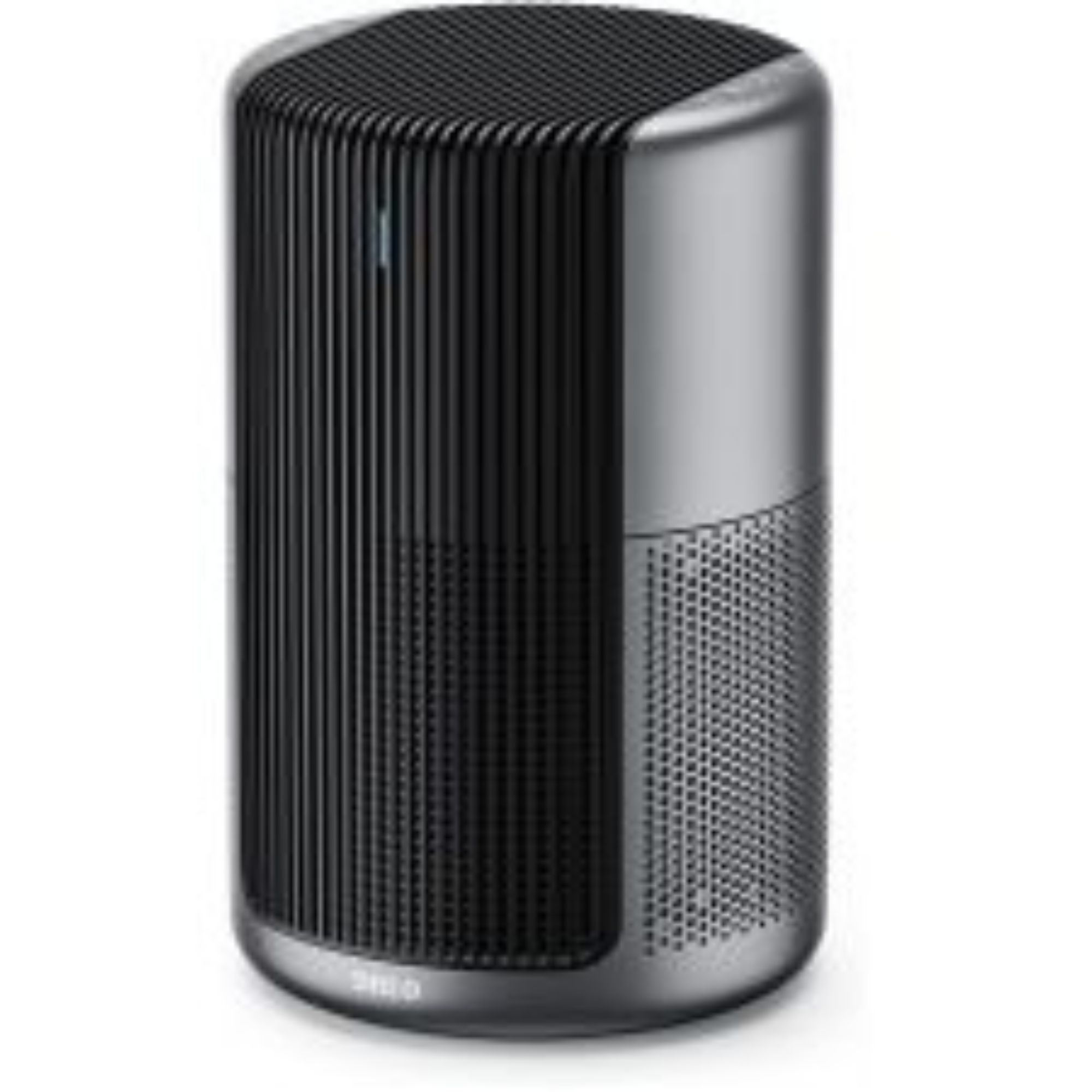
The Dreo Macro Pro can remove pet dander, pollen, and VOCs quickly and has a 99.99% removal rate of most airbourne viruses.
Our Dreo Macro air purifier review goes into more detail.
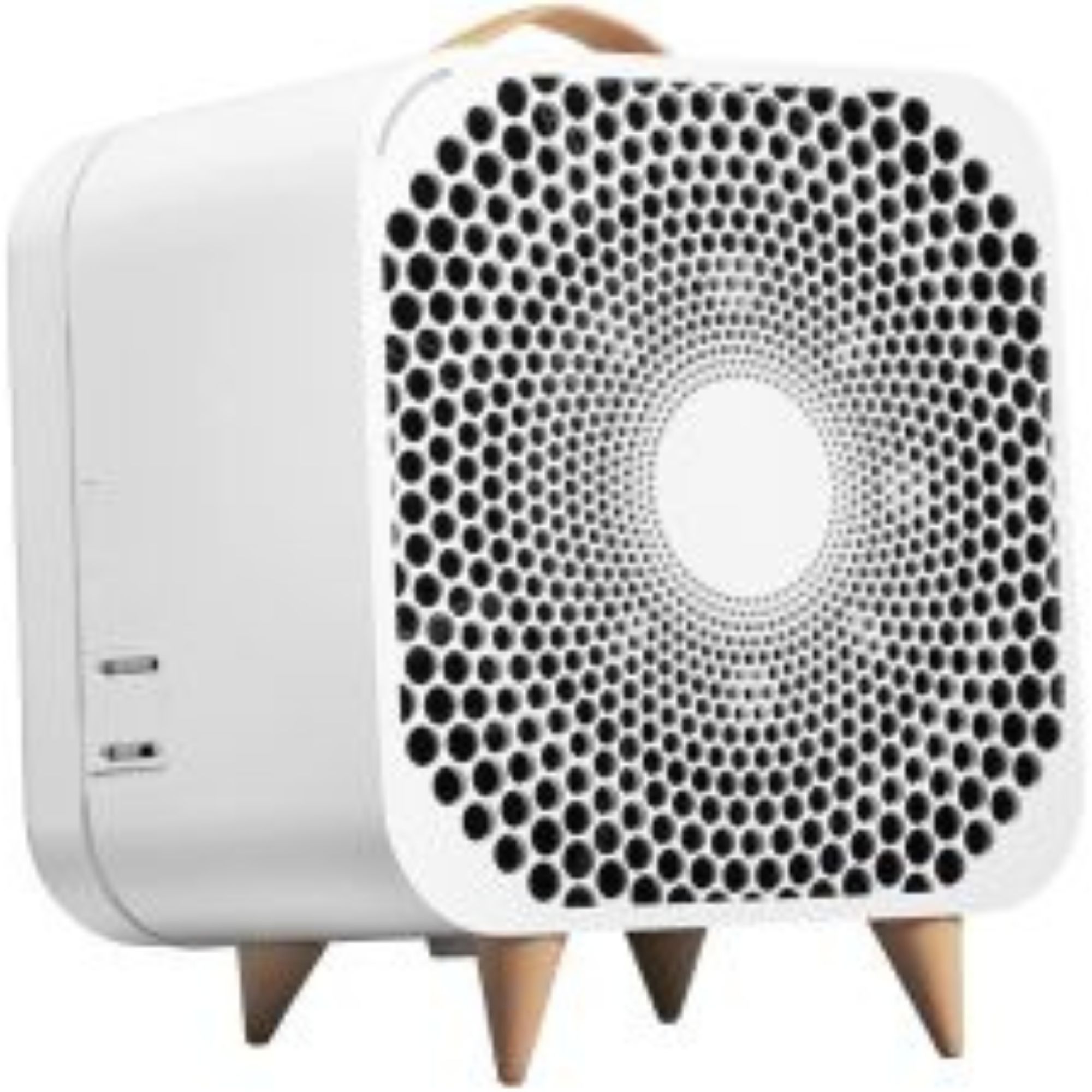
Primarily working as a fan with a HEPA filter built-in, it allows you to be sure that the air you're breathing is as clean as possible.
Our Blueair Blue Pure Fan air purifier review has more details.
4. Use air purifying plants
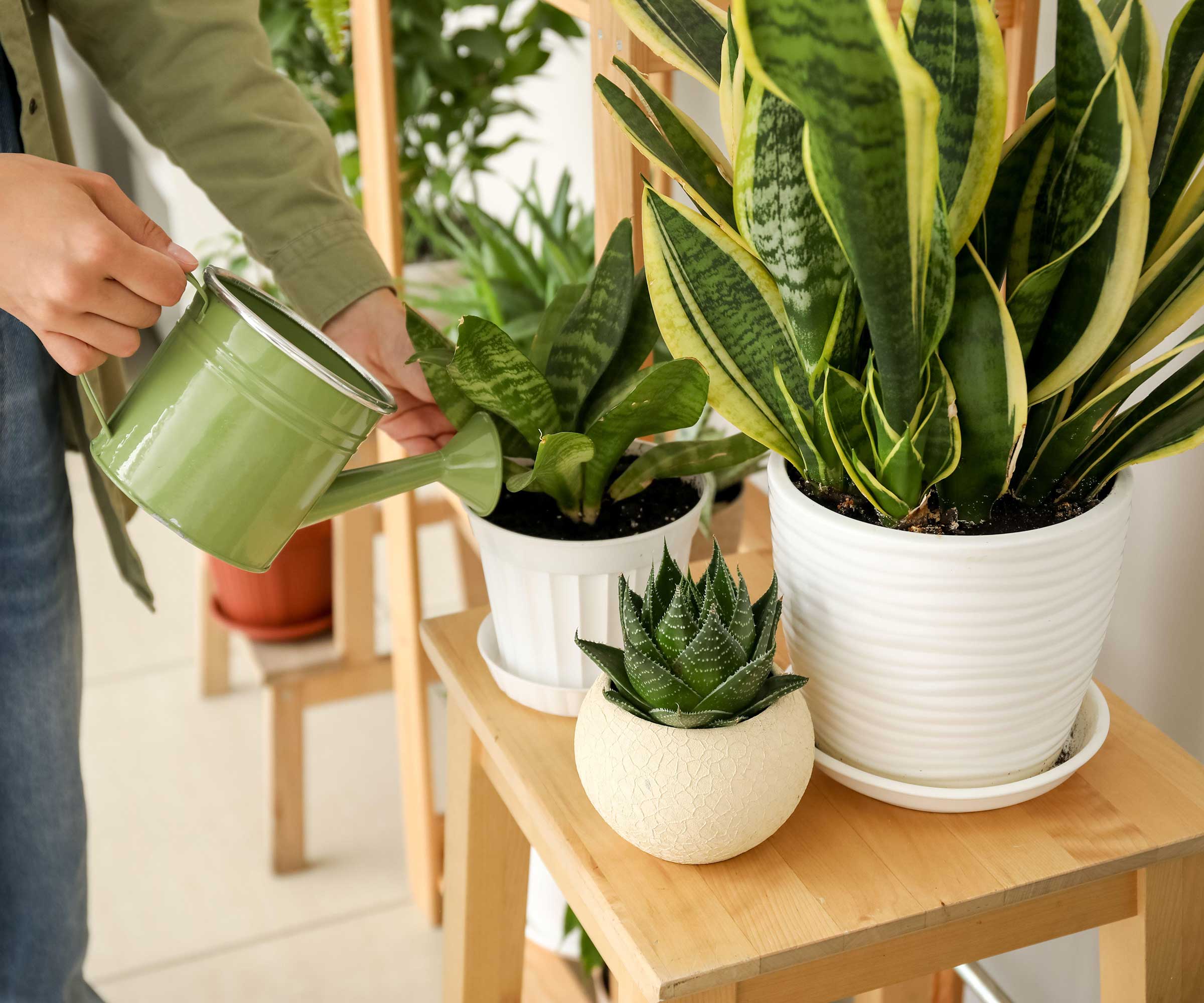
If the air quality is not too dire where you live, then you could rely on some air-cleaning indoor plants to help keep minor pollutants at bay, suggests Michael Golubev, air quality expert and CEO of Mold Busters.
‘I suggest opting for spider plants, English ivy, snake plants, and peace lilies, as these are all known to improve indoor air quality by absorbing toxins,’ he recommends. ‘It is important to note these will not be as effective as a purifier or HVAC system, however, so use them in conjunction with a device in times of bad air quality.’
5. Set up a safe room, for extreme conditions
Although an extreme solution, it could be wise to set up a temporary ‘clean room’ somewhere in your home to stay safe from severe air pollution, such as in instances of wildfires or dust storms, advises HVAC specialist, Christopher Coleman.
‘This room should have as few windows and doors as possible, preferably situated towards the center of your home, and be set up with essentials so you can comfortably stay in there for a few hours, learning how to keep a room cool without windows, and adding an air purifier too if you can.’
FAQs
Do doctors recommend air purifiers?
Doctors around the world have agreed that air purifiers, when used correctly, are a good idea for any home – especially those with a HVAC filter. This can help to protect you against airborne irritants such as dust and pollen, and even filter out some viruses from the air before they have the chance to make you ill.
Do air purifiers make you healthier?
An air purifier in your home will keep the air you breathe cleaner, improving your overall health by protecting your respiratory system and immune system from irritants and viruses. This generally makes you healthier, especially when paired with other healthy living choices such as using eco-friendly cleaning products to limit your exposure to irritants and chemicals.
With air purifiers helping to get rid of dust, pollen, and other air pollutants such as gases, they will become vital for every home in the coming years if we want to combat the ever-increasing number of pollutants plaguing our environment.
It may even be the case that you need multiple purifiers to cover your whole home or large open-plan space, so invest in the best you can afford, and regularly stock up on filters.

Chiana has been at Homes & Gardens for two years and is our resident 'queen' of non-toxic living. She spends most of her time producing content for the Solved section of the website, helping readers get the most out of their homes through clever decluttering, cleaning, and tidying tips. She was named one of Fixr's top home improvement journalists in 2024.
